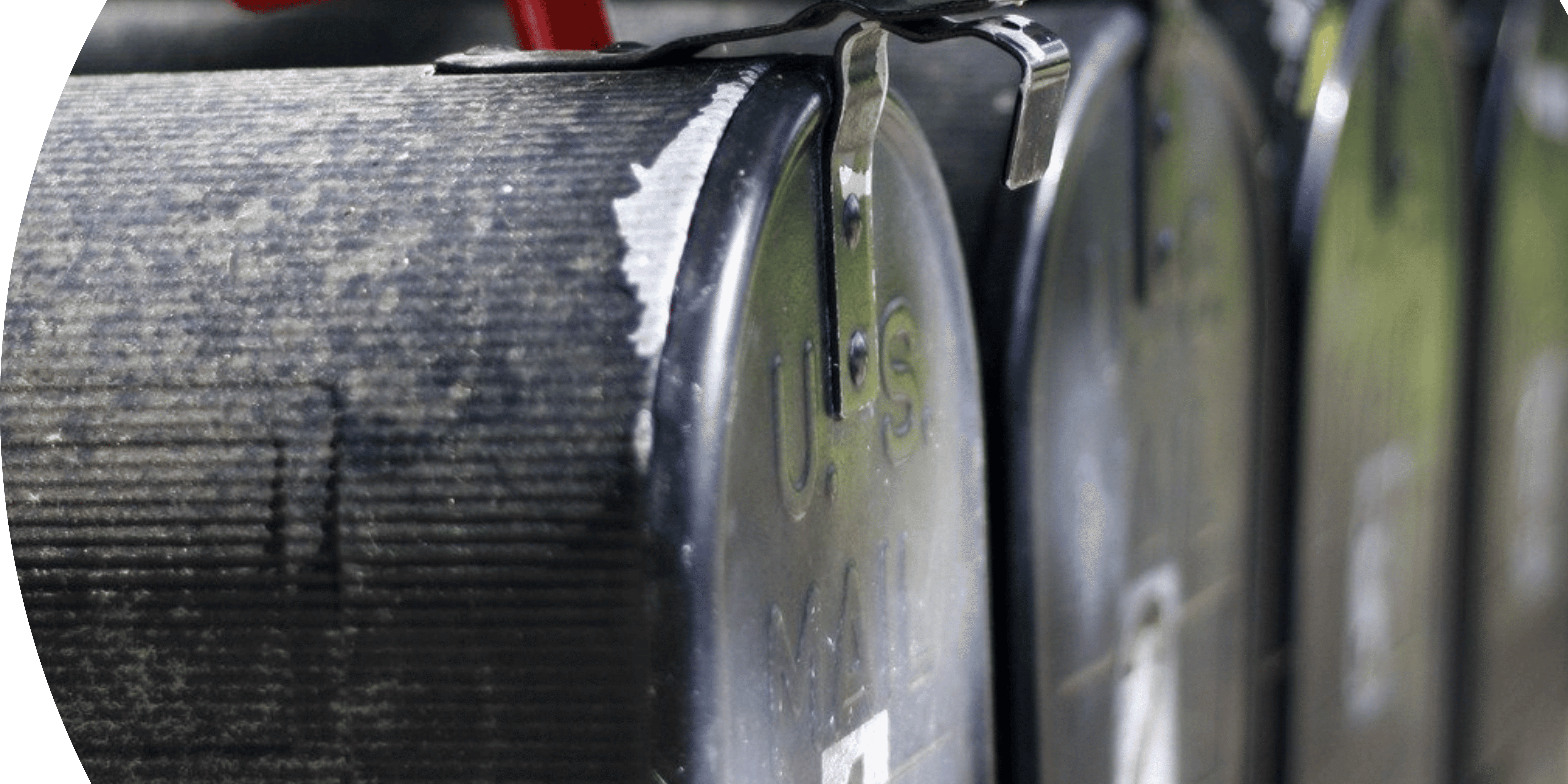Automatic emails are a fantastic opportunity to increase your sales without anyone having to do anything all the time. Many email software already has these features in the package. Think of parties like Mailchimp, Klaviyo and Activecampaign. Here, you can determine in advance, based on certain conditions, which e-mails will be sent to which target group. The beauty of this is that you set it up right once, and then the emails do the work for you. We take you through 7 wonderful options.
1. E-mail on abandoned cart
One of the most well-known automated emails, and one that often delivers right away, is the email you get as a customer when you have put products in your shopping cart/casket but have not paid. This is sometimes called the 'abandoned cart email'. With this email, the customer gets a reminder to checkout anyway, and an extra incentive can be added to this email (Fast shipping, a discount code, etc.).
2. Personalised welcome e-mail for subscribers
Does someone subscribe to (one or more of) your newsletters? A personalised automatic welcome email ensures that the customer is immediately involved in your company. Research shows that with a good personal welcome e-mail, customers are more likely to read follow-up e-mails and it offers the chance to offer valuable content to your customer right from your first e-mail.
3. Email after purchase
This is often called a service e-mail. You often deploy this e-mail after a customer has purchased a product or service from you. You can ask for feedback, ask and/or motivate the customer to post a review or inform about something else of your offering. Potential feedback and reviews in turn translate into content that future customers can benefit from, and this can be shown in search results.
4. Relevant offers based on previous purchases
If you leverage data from a customer's previous purchases, you can tailor an offer for this customer. If your customer bought a laptop, provide an automated email where you offer a laptop sleeve, an extra charger and a mouse at a good price. Mix this with valuable content on how they can use the product (how do I keep my screen clean, how do I make sure I don't get weird software on my laptop) and the customer will feel that you are really trying to offer value and think along with the customer.
5. Reactivating customers who have not ordered anything for a while
Make sure that subscribers who haven't bought anything for a while, or perhaps have never bought anything before, receive an email that encourages them to make a purchase (again). You can do this, for example, by telling them why it's a good idea to order from you and giving them a good offer to win them over (again) anyway.
6. Reward top your customers
If you have top customers, you can reward them automatically. For example, based on the number of orders they have placed, total purchase amount or because they have been a customer for so many years. Give them a free product, a discount code or something else that shows you are happy with them.
7. Introduction emails for business customers
One of the challenges with a business webshop is getting customers to switch to ordering online when they are often used to other channels. An automated e-mail series allows you to guide customers step by step in using the new environment. Also read our tips for a successful onboarding process at your B2B webshop.










